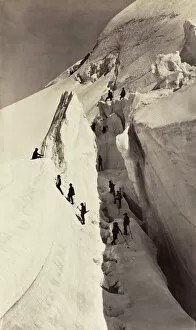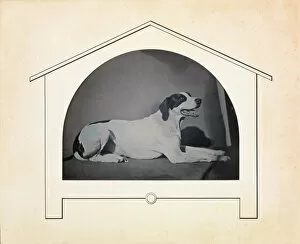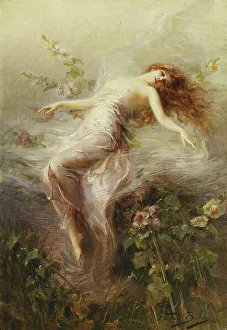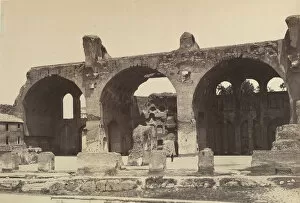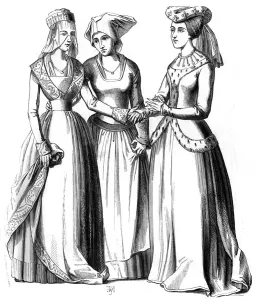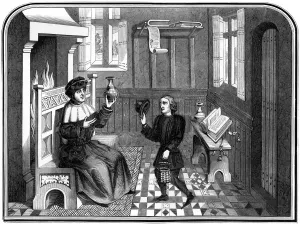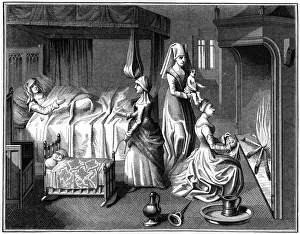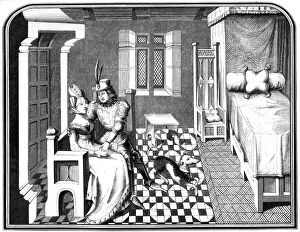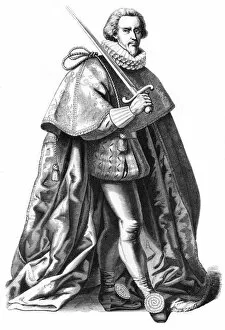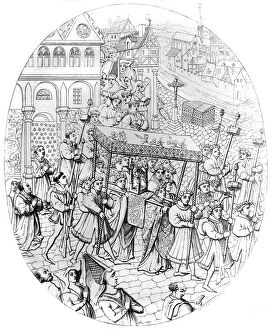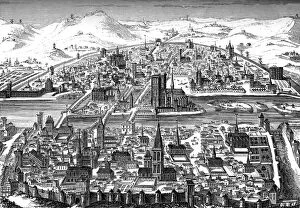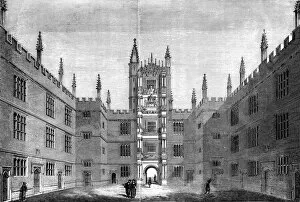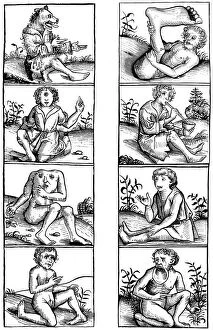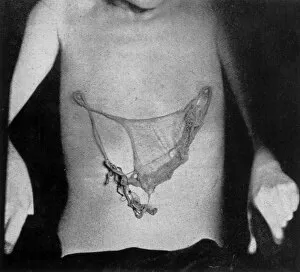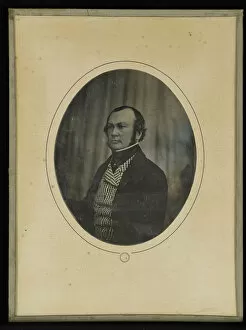Bisson Collection
"Bisson: A Legacy of Artistry and Exploration" Step into the world of Bisson, a name that resonates with creativity and adventure
All Professionally Made to Order for Quick Shipping
"Bisson: A Legacy of Artistry and Exploration" Step into the world of Bisson, a name that resonates with creativity and adventure. From capturing breathtaking landscapes to immortalizing the human form, this family has left an indelible mark on the art world. In 1861, Auguste-Rosalie Bisson embarked on "The Ascent of Mont Blanc, " a daring expedition that pushed the boundaries of photography. Through his lens, he captured the awe-inspiring beauty of nature's grandeur, forever freezing those majestic peaks in time. Marthe Beraud, another member of the Bisson clan, added her own touch to their artistic lineage. Her work exudes elegance and grace as she delicately painted "A Nymph" on canvas in 1901. With each brushstroke, she brought mythical creatures to life and transported viewers into enchanting realms. Louis-Auguste Bisson showcased his talent through various mediums. In 1841-49, he portrayed man's best friend in all its loyalty and companionship with his masterpiece "[Dog]. " Additionally, he explored deeper emotions by depicting a woman afflicted with necrosis in "[Profile of a Woman with Necrosis of the Nose], " revealing both vulnerability and strength within one frame. Auguste-Rosalie returned to his passion for architectural wonders when he captured Rome's iconic "Basilica of Maxentius and Constantine. " His photograph from around 1861 showcases intricate details that stand as testaments to human ingenuity throughout history. The artistic prowess extended beyond photography for this talented family. A mysterious figure named A Bisson contributed to works like "Luke" from Ars Memorandi (c1470) - showcasing their versatility across different periods - as well as fragments from historical texts such as page 28 from the Bible of the Poor (1849).

